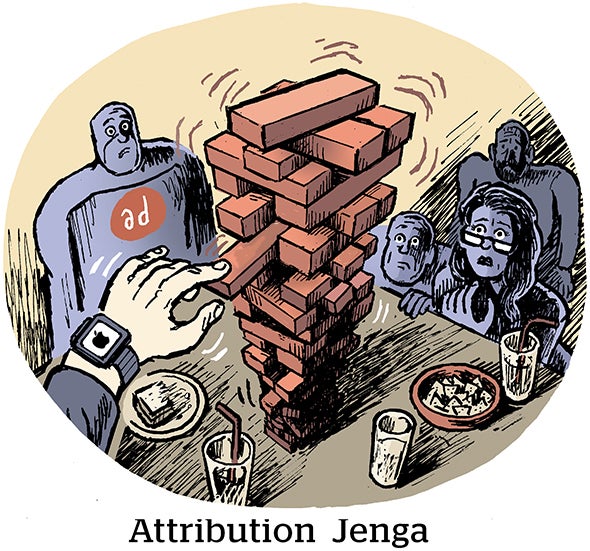The U.S. Postal Service Board of Governors (BOG) has challenged the Postal Regulatory Commission on several of its rate recommendations, including those for standard mail flats, or catalogs.
Although the timing is unclear, the BOG asked the PRC to revisit several issues stemming from the 2006 rate case.
It also challenged the PRC on non-machinable first class letters and priority mail flat rate boxes.
But the BOG let stand the majority of standard mail rate hikes and the shape-based pricing formula the PRC had suggested.
Except for periodical rates, which have been delayed until July, all the new prices will go into effect May 14.
In its decision released yesterday, the BOG said it was “concerned about the effect the steep increases in the prices of standard mail flats would have on the vitality of the catalog industry.”
Some PRC-recommended increases were as much as 40%, more than twice what the USPS had originally proposed, according to the governors.
For example, “those catalogs which pay the piece rates for automation flats entered at Sectional Center Facilities closest to the delivery destination face a 41.1% increase under the Commission’s proposal, but would have experienced an 18.5% increase under the Postal Service’s proposal,” the decision said.
The BOG added that “the risks of misjudging how mailers (and thus mail volume) would respond increase significantly with rate changes of this magnitude.”
It was not known at deadline if industry pressure contributed to the BOG’s decision.
According to the BOG, the PRC stated in its Feb. 26 recommendation that “mailers should be able to convert lightweight pieces to more efficient, less costly letters if they feel that these cost-based rates are no longer the most cost-effective way to send their mailings.”
The commission relied on Bookspan’s experience as “evidence that mailers can be induced to change their mail piece shape through economic incentives,” the decision continued.
But the governors argued that “we are not confident that Bookspan provides a completely reliable guide for Standard Mail rates in current circumstances.”
The BOG cited the rule that letter mail can only be up to 0.25 inches thick.
“The commission did not explain how flat-size mail pieces that already exceed the maximum letter thickness could change from flat shape to letter shape,” it said. “Moreover, the commission’s rate design significantly increases the price not only of lightweight flats but also most heavyweight flats.”
The BOG also noted that “the benefits of a robust catalog sector spill over not only into other types of mail (such as First-Class mail and the parcel classes) and other parts of the delivery industry (private entities which likewise deliver parcels), but also into those portions of the economy that produce, distribute, and service the goods ordered from catalogs during the holidays and throughout the year.”
The postal governors also sent back the commission’s recommendations on two-ounce and three-ounce first class mail letters because they don’t differentiate between machinable and non-machinable.
“The governors believe this warrants further analysis to ensure there are incentives for mailers to provide letters that can be processed at lower cost on efficient sorting equipment,” the BOG said.
In addition, the governors urged the PRC to reconsider its recommendations “as expeditiously as possible to give mailers a practical opportunity to plan effectively for future mailings.”
The BOG has no power to set any deadlines for the Commission, explained Bob McLean, executive director the Mailers Council.
On the other hand, the BOG delayed until July 15 implementation of the new rates for periodicals “to allow time for the publishing industry to update computer software and adjust to the complexity of the PRC-recommended rate structure for periodicals.”
The USPS had proposed a single container charge for periodicals to encourage efficiency, but the PRC recommended 55 different prices based on container type, entry point, and level of sortation, the BOG noted.
The BOG also let stand the Commission’s recommendation for a two-cent increase, to 41 cents, for first class letters.



